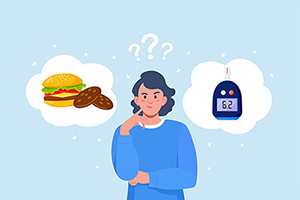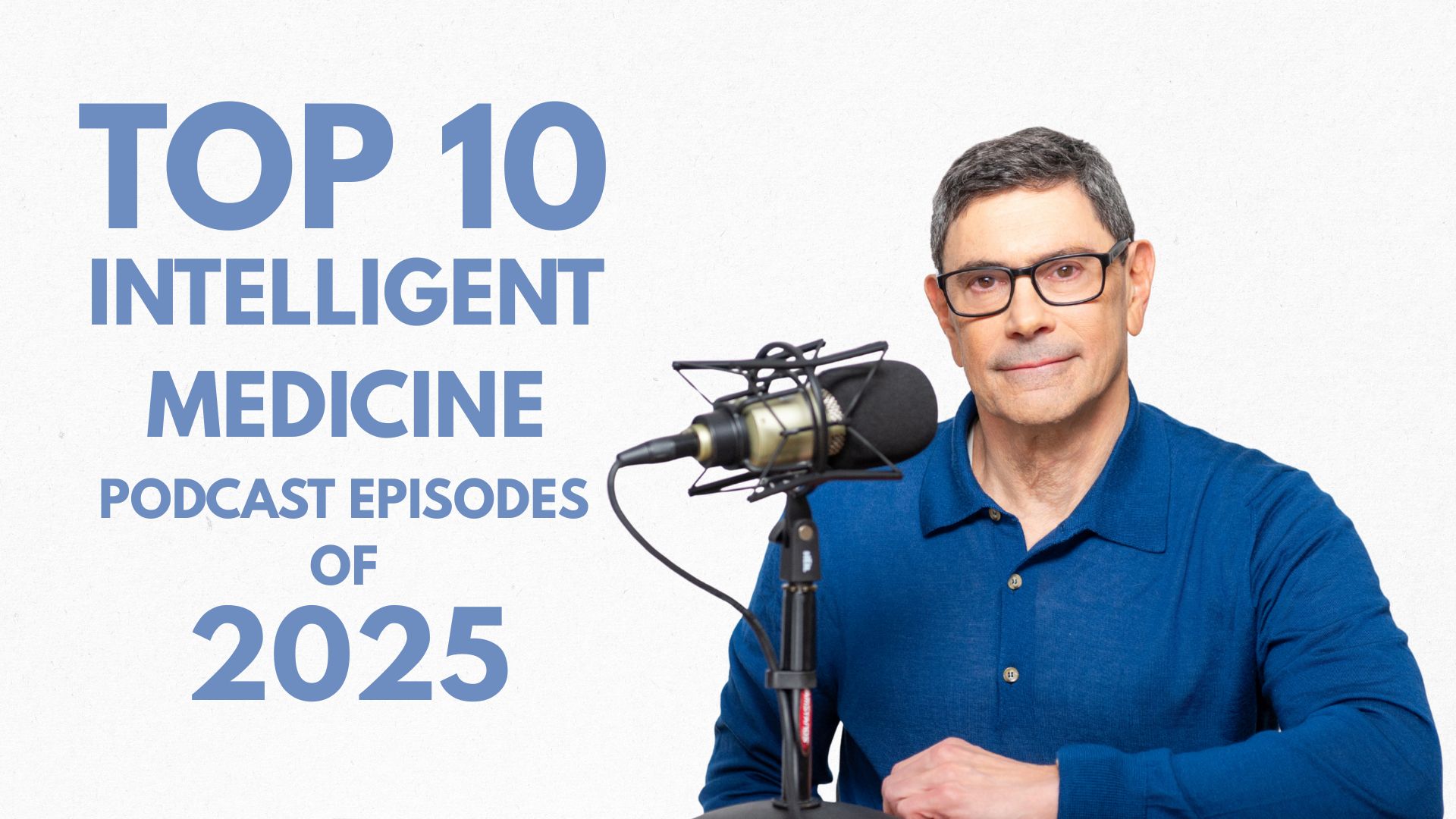Poor food choices drive diabetes pandemic: A new study links poor diet to 14 million cases of type 2 diabetes worldwide—in 2018 alone. (In my opinion a gross underestimate if you add in the high percentage of new cases of diabetes that remain undiagnosed, as well as innumerable individuals who fall short of the formal requirements for diabetes, but whose borderline elevated blood sugar is a hallmark of metabolic syndrome, a sure pathway to heart disease, stroke, neurodegenerative disease, and even many cancers).
In sum, researchers estimate that 7 out of 10 new cases of diabetes worldwide in 2018 were linked to poor food choices.
Key factors among 11 dietary risk factors considered were insufficient intake of whole (but not refined) grains; excesses of refined rice and wheat; and overconsumption of processed meat. A consistent trend was over-reliance on refined carbohydrates, including sugary soft drinks, pastry, and candy.
Regionally, Central and Eastern Europe and Central Asia, especially Poland and Russia, had the largest number of type 2 diabetes linked to diet; prosperity has enabled formerly food-challenged nationalities to consume more processed foods. But Sub-Saharan Africa, Mexico, and Latin America, where food-related diabetes used to be relatively uncommon, are rapidly playing catch-up.
I’m curious as to why the U.S., which leads developed countries in obesity, was not singled out for being in the vanguard of the worldwide type 2 diabetes pandemic.
Beverages and diabetes: A corollary to the above study is a recent investigation of the relationship between consumption of various beverages and the risk of death or heart disease among adults with type 2 diabetes.
It was found that a high intake of sugar-sweetened beverages increased risk by 20%; regular intake of coffee, tea and plain water significantly reduced the risk of dying.
B vitamins vs. metabolic syndrome: When we think of the metabolic syndrome, we generally finger dietary excess and a sedentary lifestyle as prime culprits. But a new study suggests that a deficiency of certain key B vitamins might contribute to its likelihood.
Metabolic syndrome is a constellation of health risks comprising increased waist-to-hip ratio (> 1.0 for men; > 0.8 for women), hypertension, high triglycerides, elevated hemoglobin A1c, adverse cholesterol-to-HDL ratios, often accompanied by gout, and/or fatty liver. It’s estimated upwards of 40% of Americans are affected.
The study found that, comparing the highest to the lowest intakes, folate was associated with a 61% reduction in metabolic syndrome risk; B6 with a 39% reduction; and B12 with a 26% reduction.
The researchers speculate that the associations are biologically plausible because insufficiencies of B vitamins may compromise energy metabolism; on the other hand, the association may be merely because poor diets consisting of ultra-processed foods without adequate animal protein and fresh fruits and vegetables are bereft of key B vitamins.
The next step would be long-term studies to see if B vitamin administration curbs metabolic syndrome in those prone to it.
A simple way to get kids to eat more fruits and vegetables: Mealtimes with kids are often a struggle; getting youngsters to try healthy foods can be challenging.
German researchers conducted an experiment to see if prolonging mealtime by just ten minutes—from 20 to 30 minutes—would encourage kids’ acceptance of fruits and vegetables.
More time at the table, and offering enticing bite-sized samples of colorful fruits and vegetables, encouraged kids to consume 100 grams more produce per meal. Nor did the extra time prompt children to eat more dessert.
This study adds to the growing scientific literature that emphasizes the importance of leisurely, family mealtime. Unfortunately, kids these days snack incessantly, and most view family sit downs as an onerous interruption from the important business of keeping up with peers on social media.
I find that another way of getting kids to experiment with new foods is to invite them into the kitchen and assist in meal preparation; alternatively, they can help harvest produce and spices from the home or community garden. That way, they experience more buy-in.
Unfortunately, many marginalized or impoverished Americans are relegated to “food deserts”. A new term has recently joined the lexicon—“food swamps”, denoting areas where ultra-processed foods predominate in cheap dollar stores and fast-food outlets.
Lonely hearts are broken hearts: We’re familiar with many of the traditional risk factors for heart disease. Doctors liberally prescribe statins and blood pressure medications and pay lip service to diet and exercise. But a far less acknowledged risk factor is loneliness.
Loneliness and social isolation, especially among seniors, skyrocketed during the Covid lockdowns. Excess mortality increased, not just from Covid, but also from “deaths of despair”.
A new study highlights the heart risks of loneliness and social isolation. It was found that these factors, in combination, hiked the risk of hospitalization or death from heart failure in middle age and senior adults by 20%.
Interestingly, socially isolated individuals who did not experience loneliness had no increased risk for heart failure; conversely, individuals who reported loneliness despite not being socially isolated had higher risk (the loneliness of crowds?).
“I sing the body electric”: So wrote Walt Whitman. Researchers in Sweden recently tapped the potential of micro-electric currents to facilitate wound healing. In a pre-clinical study, they demonstrated that electric fields of a particular frequency and alignment caused artificial skin in cell culture to heal three times faster than without stimulation.
Researchers have filed patents and are racing to develop practical devices that will enable more widespread application of this novel technology.
Music rejuvenates the brain: In addition to its aesthetic benefits, music may forestall brain aging by enhancing neuroplasticity, the process by which new connections are formed in the grey matter.
A study by Swiss researchers demonstrated the benefits of learning to play a musical instrument in healthy retirees who had never practiced music before. After a six-month intervention, brain imaging showed an increase in four brain regions associated with high-level cognitive functioning, and their performance on memory tasks increased by 6%.
Interestingly, a comparison group that was instructed in “active listening” of music, without instrument training, experienced distinct benefits.
The short-term intervention didn’t address the brain-boosting potential of lifelong adherence to music playing or active listening, which might be even more pronounced. But the study confirms it’s never too late—picking up the piano or the guitar might be a prudent retirement option.






